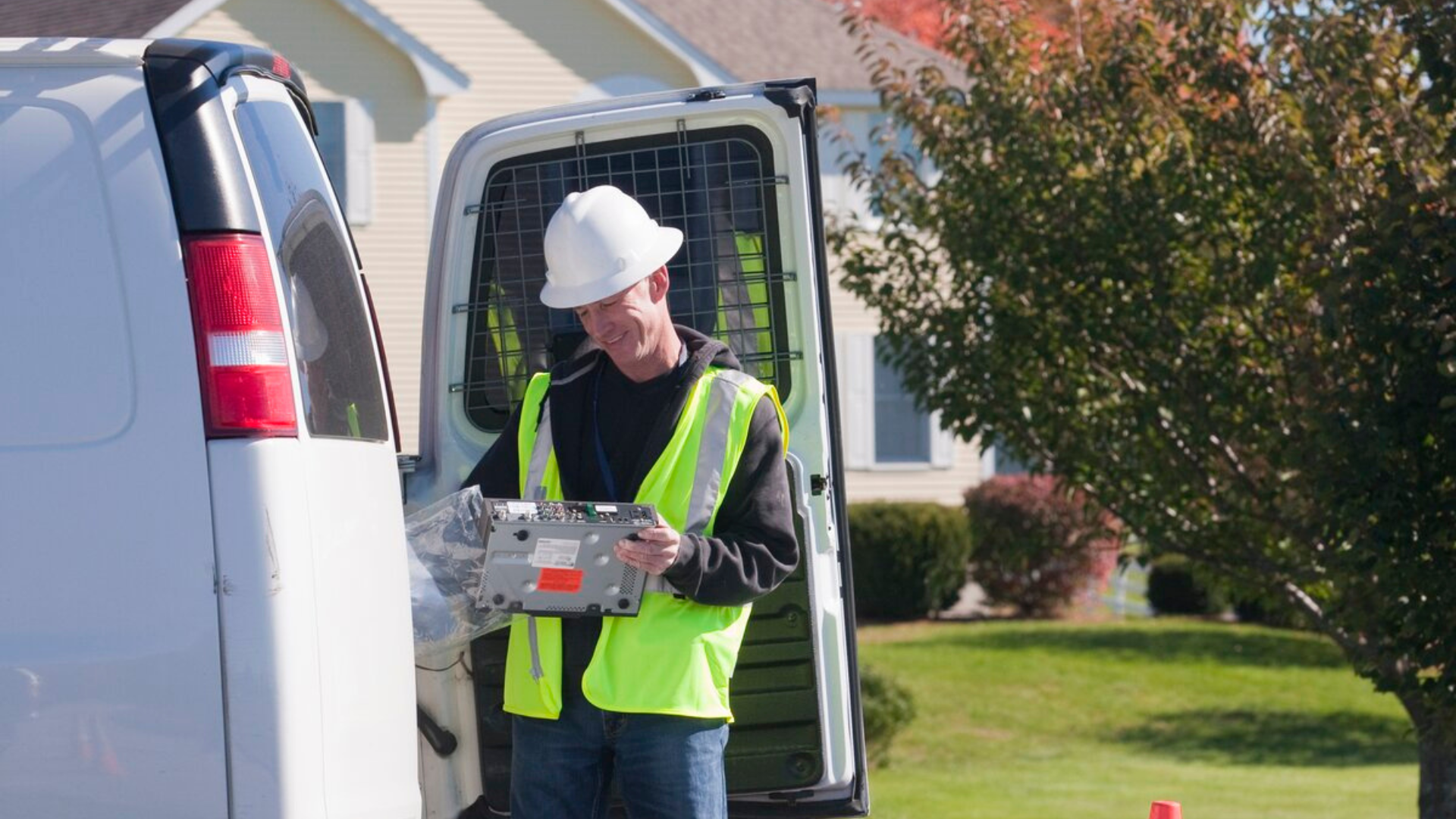
Organisations with fleets of vehicles that transport technicians, goods, or services to customer locations fall under the umbrella term “field services”. These operators face growing pressure to cut emissions, lower fuel costs, and comply with tightening sustainability regulations. As a result, electrification is becoming a business necessity, but it can feel daunting without the operational and financial data to guide the way.
This article outlines how field service fleets can begin their electrification journey, from identifying the best vehicles to transition to electric, to optimising EV performance and securing a strong return on investment (ROI).
Step 1: Identify the best candidates for electrification
For field service fleets, not all vehicles and work structures will be immediately suitable for EVs. To confidently plan a transition roadmap, you need clear data on shift patterns, range requirements, dwell locations and durations, and vehicle utilisation, alongside insights into the real-world capabilities of comparable EVs.
With this information, you can identify vehicles that offer immediate cost and carbon savings, while ensuring service levels remain unaffected.
Telematics data can help you evaluate:
- Daily distance: Vehicles with regular, modest daily mileage are strong candidates for switching
- Dwell time and location: Vehicles that return to the depot or an employee’s home with a private driveway overnight are ideal for low-cost charging
- Route consistency: Low variability enables better planning and range assurance
- Vehicle utilisation: Higher-use vehicles typically deliver a faster ROI
These insights support the development of a phased transition roadmap that minimises risk and maximises operational viability.
Step 2: Quantify the financial savings
Electric vehicles can offer significant lifetime cost savings, often referred to as the total cost of ownership (TCO). You’ll need to model these savings early on to build internal support and justify investment.
Focus on two core metrics:
- Comparative “fuel” costs: EVs are cheaper to run, especially when they’re charged overnight on lower electricity tariffs
- Maintenance: With fewer moving parts, EVs typically incur lower maintenance costs
The more a vehicle is driven, the greater the savings. When combined with the upfront cost and mileage data, these figures form a compelling business case for the cost savings over the vehicle’s service life.
And don’t forget reputational value: running a low- or zero-emission fleet can improve brand perception and help your organisation to win new contracts, especially when tendering for contracts with the public sector or larger organisations, where sustainability credentials are increasingly important.
Step 3: Optimise EV performance
Once the new EVs have been introduced into the fleet, you’ll need to ensure they deliver a strong ROI. EVs will require closer data monitoring than for internal combustion engine (ICE) vehicles to extend their range and provide range assurance, and reduce the load on charging infrastructure.
Some of the most important EV-specific operational insights include:
- State of Charge (SOC): Real-time visibility helps dispatchers assign new jobs based on available range
- Charging behaviour: Understanding where, when, and how vehicles charge can reduce energy costs
- Energy efficiency: Monitoring driver performance and comparing vehicles helps extend range and improve cost-effectiveness
- Temperature impacts: Cold weather has a significant impact on range, so route planning must consider seasonal variations
- Battery health: Avoiding excessive DC fast charging helps preserve long-term battery value
Geotab success story – SIRO tracks EV efficiency for greater cost control MyGeotab provides a single source for the fleet’s electricity consumption data, making it simple for the Sustainability Specialist to track seasonal trends in energy consumption. This is much easier than pulling data from 4-5 different sources, as she had to do before. Energy economy monitoring and benchmarking enables her to track the fleet’s EV energy economy against best-in-class performers within similar fleet types across the Geotab ecosystem to identify opportunities to improve performance. |
Electrification is a phased, data-driven process
For field service fleets, the success of an electrification project lies in starting small and scaling with confidence. A pilot programme allows the fleet team to understand EV performance in real-world conditions, build effective charging strategies, and adapt operations before expanding deployment fleetwide.
Start your journey today by downloading our free ebook.
Subscribe to the Geotab Blog

Senior Marketing Specialist, SWE at Geotab
Table of contents
Subscribe to the Geotab Blog
Related posts

How integrated data can help fleets scale up their EVs
November 5, 2025
2 minute read

How to reduce the carbon footprint of your current vehicles
November 5, 2025
2 minute read

Practical strategies for bus fleets to cut fuel costs and carbon emissions
November 3, 2025
2 minute read

The need for unified EV data to maintain electric bus condition
November 3, 2025
2 minute read

Building safer bus operations with customisable telematics
November 3, 2025
2 minute read

How predictive maintenance helps bus workshops cut downtime and costs
November 3, 2025
2 minute read